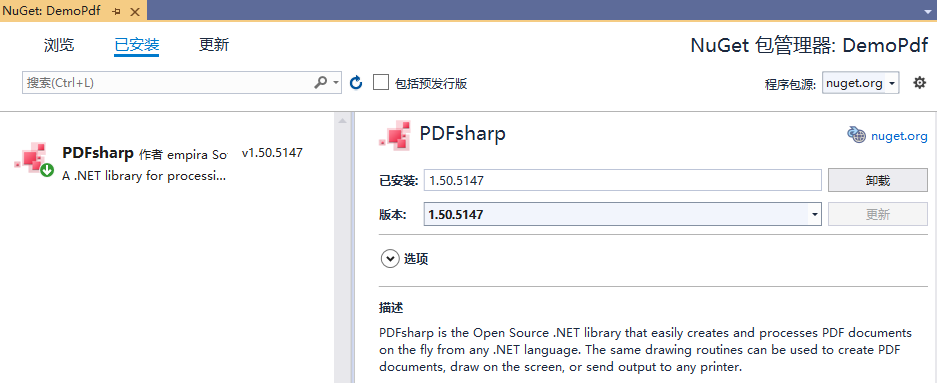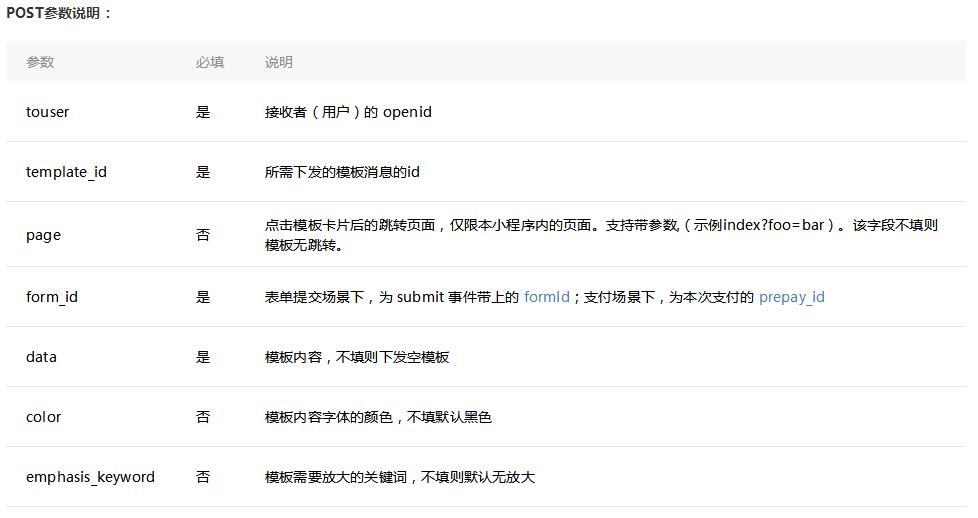这篇文章主要介绍了c# 通过代码开启或关闭防火墙的示例,帮助大家更好的理解和使用c#,感兴趣的朋友可以了解下
通过代码操作防火墙的方式有两种:一是代码操作修改注册表启用或关闭防火墙;二是直接操作防火墙对象来启用或关闭防火墙。不论哪一种方式,都需要使用管理员权限,所以操作前需要判断程序是否具有管理员权限。
1、判断程序是否拥有管理员权限
需要引用命名空间:System.Security.Principal
/// <summary>
/// 判断程序是否拥有管理员权限
/// </summary>
/// <returns>true:是管理员;false:不是管理员</returns>
public static bool IsAdministrator()
{
WindowsIdentity current = WindowsIdentity.GetCurrent();
WindowsPrincipal windowsPrincipal = new WindowsPrincipal(current);
return windowsPrincipal.IsInRole(WindowsBuiltInRole.Administrator);
}2、注册表修改防火墙
需要引用命名空间:Microsoft.Win32
/// <summary>
/// 通过注册表操作防火墙
/// </summary>
/// <param name="domainState">域网络防火墙(禁用:0;启用(默认):1)</param>
/// <param name="publicState">公共网络防火墙(禁用:0;启用(默认):1)</param>
/// <param name="standardState">专用网络防火墙(禁用:0;启用(默认):1)</param>
/// <returns></returns>
public static bool FirewallOperateByRegistryKey(int domainState=1, int publicState = 1, int standardState = 1)
{
RegistryKey key = Registry.LocalMachine;
try
{
string path = "HKEY_LOCAL_MACHINE\\SYSTEM\\ControlSet001\\Services\\SharedAccess\\Defaults\\FirewallPolicy";
RegistryKey firewall = key.OpenSubKey(path, true);
RegistryKey domainProfile = firewall.OpenSubKey("DomainProfile", true);
RegistryKey publicProfile = firewall.OpenSubKey("PublicProfile", true);
RegistryKey standardProfile = firewall.OpenSubKey("StandardProfile", true);
domainProfile.SetValue("EnableFirewall", domainState, RegistryValueKind.DWord);
publicProfile.SetValue("EnableFirewall", publicState, RegistryValueKind.DWord);
standardProfile.SetValue("EnableFirewall", standardState, RegistryValueKind.DWord);
}
catch (Exception e)
{
string error = $"注册表修改出错:{e.Message}";
throw new Exception(error);
}
return true;
}3、直接操作防火墙对象
需要在项目引用中添加对NetFwTypeLib的引用,并引用命名空间NetFwTypeLib
/// <summary>
/// 通过对象防火墙操作
/// </summary>
/// <param name="isOpenDomain">域网络防火墙(禁用:false;启用(默认):true)</param>
/// <param name="isOpenPublicState">公共网络防火墙(禁用:false;启用(默认):true)</param>
/// <param name="isOpenStandard">专用网络防火墙(禁用: false;启用(默认):true)</param>
/// <returns></returns>
public static bool FirewallOperateByObject(bool isOpenDomain = true, bool isOpenPublicState = true, bool isOpenStandard = true)
{
try
{
INetFwPolicy2 firewallPolicy = (INetFwPolicy2)Activator.CreateInstance(Type.GetTypeFromProgID("HNetCfg.FwPolicy2"));
// 启用<高级安全Windows防火墙> - 专有配置文件的防火墙
firewallPolicy.set_FirewallEnabled(NET_FW_PROFILE_TYPE2_.NET_FW_PROFILE2_PRIVATE, isOpenStandard);
// 启用<高级安全Windows防火墙> - 公用配置文件的防火墙
firewallPolicy.set_FirewallEnabled(NET_FW_PROFILE_TYPE2_.NET_FW_PROFILE2_PUBLIC, isOpenPublicState);
// 启用<高级安全Windows防火墙> - 域配置文件的防火墙
firewallPolicy.set_FirewallEnabled(NET_FW_PROFILE_TYPE2_.NET_FW_PROFILE2_DOMAIN, isOpenDomain);
}
catch (Exception e)
{
string error = $"防火墙修改出错:{e.Message}";
throw new Exception(error);
}
return true;
}以上就是c# 通过代码开启或关闭防火墙的详细内容,更多关于c# 防火墙的资料请关注得得之家其它相关文章!
织梦狗教程
本文标题为:c# 通过代码开启或关闭防火墙


基础教程推荐
猜你喜欢
- Unity 如何获取鼠标停留位置下的物体 2023-04-10
- C#中的Linq to JSON操作详解 2023-06-08
- Unity shader实现高斯模糊效果 2023-01-16
- C#通过标签软件Bartender的ZPL命令打印条码 2023-05-16
- 实例详解C#实现http不同方法的请求 2022-12-26
- C#获取指定目录下某种格式文件集并备份到指定文件夹 2023-05-30
- C# 解析XML和反序列化的示例 2023-04-14
- c# – USING块在网站与Windows窗体中的行为不同 2023-09-20
- C#中 Json 序列化去掉null值的方法 2022-11-18
- C#调用摄像头实现拍照功能的示例代码 2023-03-09

















